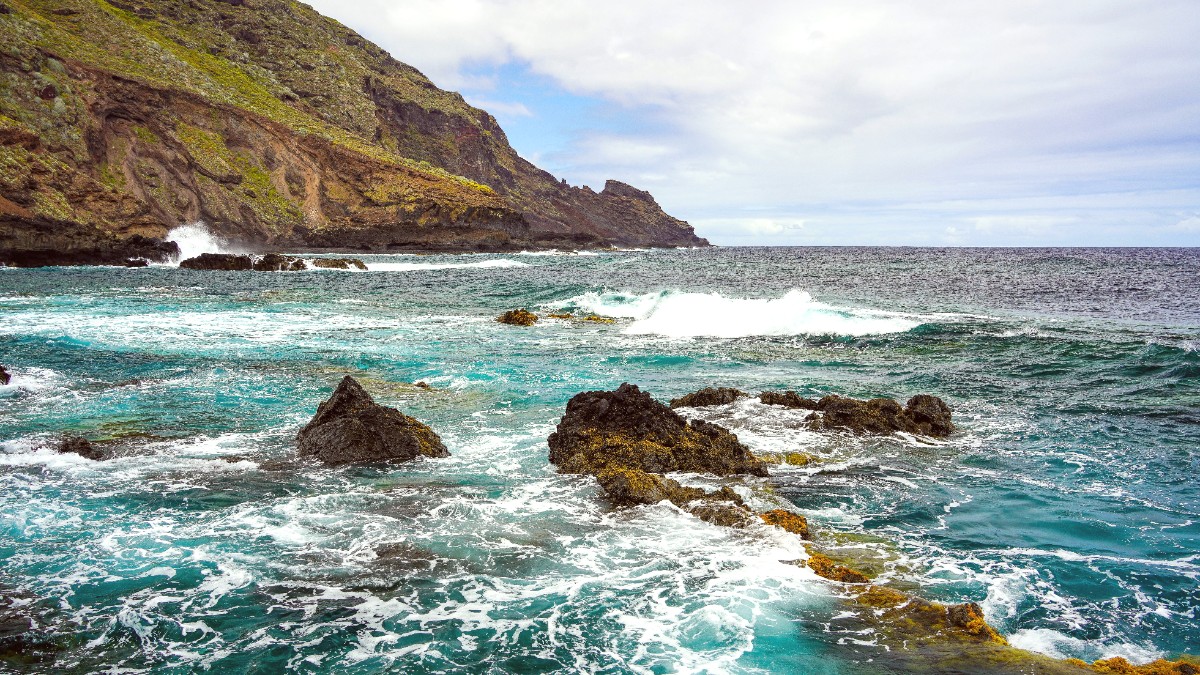
La Palma, Canary Islands
The average annual temperature stands around 20°C (68°F). Summer (June-September) averages 22-26°C (72-79°F), with warm, sunny days. Winter (December-February) averages 18-20°C (64-68°F), featuring mild and pleasant days.
Rainfall stays low, with most precipitation occurring between October and March. The northeast, including Santa Cruz de La Palma, can be wetter due to trade winds. The island's western side often sunny weather in winter. Humidity is moderate year-round, typically 60-70%.
High Season (July-August, December-January, Easter): Warmest weather for beaches in summer. Festive atmosphere during Christmas and New Year. Popular for European winter sun escapes.
Shoulder Season (April-June, September-November): Pleasant temperatures, for hiking and outdoor activities. Fewer crowds, better value for accommodation. Spring offers lush landscapes; autumn offers warm seas.
July-August, December-January, Easter
Warmest weather for beaches. Festive atmosphere during holidays.
Higher prices for accommodation and flights. More crowds at popular sites.
April-June, September-November
Pleasant temperatures for outdoor activities. Fewer crowds, good value.
Some local businesses might have reduced hours outside of peak times.
February-March (excl. Easter), sometimes November-early December
Lowest prices, very few tourists. Good for local life and hiking.
Potentially more rainfall. Some attractions or services may have limited operating hours.
Hiking: Spring (April-May) and autumn (September-November) offer ideal temperatures and lush landscapes. Winter also a good time for lower altitude hikes.
Stargazing: Year-round. Clearer skies more frequent during summer and autumn nights. La Palma a Starlight Reserve. Beaches: Summer (June-September) provides the warmest sea temperatures.
Spring and autumn bring ideal temperatures and lush views.
Summer and autumn nights generally offer the clearest skies.
June through September for the warmest sea temperatures.
Spring with its wildflowers; autumn for vivid light.
Consult the calendar for unique cultural events.
Gain a clear understanding of the entry requirements for Spain, a Schengen Area member. This a smooth arrival in Santa Cruz de La Palma.
Spain belongs to the Schengen Area. EU/EEA/Swiss citizens require no visa, entering with a valid national ID or passport. Non-EU/EEA/Swiss citizens (e.g., US, Canada, UK, Australia, New Zealand) require no visa for stays up to 90 days within any 180-day period for tourism. Other nationalities may require a Schengen visa. ETIAS system expected to launch in 2025.
No specific entry fees for tourists apply. Standard immigration procedures happen upon arrival at La Palma Airport (SPC) or Santa Cruz de La Palma ferry port.
Plan your budget for Santa Cruz de La Palma. The Euro (€) is the local currency. ATMs (Cajeros automáticos) are widely available. Credit and debit cards (Visa, Mastercard) are common for most transactions.
La Palma a safe travel experience.
High UV index, especially in summer. Use high-SPF sunscreen, wear hats and sunglasses, stay hydrated.
Carry sufficient water when hiking. Tap water generally safe to drink in Santa Cruz de La Palma.
Common for hikers; wear broken-in hiking boots. Mosquitoes present, use repellent.
Spain operates a high-quality public healthcare system.
EU citizens use their European Health Insurance Card (EHIC) for reciprocal care. Private clinics and hospitals also operate. Travel insurance highly recommended for non-EU citizens to cover private medical costs.
Hospital General de La Palma is the main hospital, located near Santa Cruz de La Palma. Pharmacies (Farmacias) are easily identifiable by a green cross sign and widely available.
Emergency (General): 112 / Medical Emergencies (Ambulancia): 061
La Palma has a very low crime rate. It is considered a safe destination for travelers.
Petty crime like pickpocketing is rare but can occur in crowded tourist areas or during festivals. Standard precautions apply.
Stay aware of your surroundings, keep valuables secure and out of sight. Avoid leaving bags unattended.
La Palma is an active volcanic island. Scientific institutions continuously monitor seismic activity.
Travel insurance highly recommended for all travelers. It covers medical emergencies, trip cancellation or interruption, lost luggage, and emergency evacuation.
Seek policies with broad coverage for health, travel disruptions, and personal belongings.
Consider policies covering adventure activities if hiking or other sports are planned.
Acquire your insurance from reputable providers well before your trip.